Principles And Labs for Fitness and Wellness 13th Edition by Wener W.K. Hoeger – Test Bank
|
True / False |
|
1. Recommended body weight is determined by measuring height and waist circumference. a. True b. False ANSWER: False REFERENCES: Introduction LEARNING OBJECTIVES: PLFW.HOEG.16.4.1 – Define body composition and understand its relationship to assessment of recommended body weight. OTHER: Bloom’s: Remember |
|
2. Storage fat can be found just beneath the skin. a. True b. False ANSWER: True REFERENCES: Essential and Storage Fat LEARNING OBJECTIVES: PLFW.HOEG.16.4.2 – Explain the difference between essential fat and storage fat. OTHER: Bloom’s: Remember |
|
3. Dual energy x-ray absorptiometry (DXA) uses potentially harmful x-ray technology to assess body composition. a. True b. False ANSWER: False REFERENCES: Techniques to Assess Body Composition LEARNING OBJECTIVES: PLFW.HOEG.16.4.3 – Describe various techniques used to assess body composition. OTHER: Bloom’s: Remember |
|
4. Hydrostatic weighing is difficult to administer to aquaphobic people. a. True b. False ANSWER: True REFERENCES: Techniques to Assess Body Composition LEARNING OBJECTIVES: PLFW.HOEG.16.4.3 – Describe various techniques used to assess body composition. OTHER: Bloom’s: Understand |
|
5. The air displacement method calculates body volume by subtracting the air volume with a person inside a chamber from the volume of an empty chamber. a. True b. False ANSWER: True REFERENCES: Techniques to Assess Body Composition LEARNING OBJECTIVES: PLFW.HOEG.16.4.3 – Describe various techniques used to assess body composition. OTHER: Bloom’s: Remember |
|
6. Assessing body composition using skinfold thickness is based on the principle that the amount of subcutaneous fat is proportional to total body fat. a. True b. False ANSWER: True REFERENCES: Techniques to Assess Body Composition LEARNING OBJECTIVES: PLFW.HOEG.16.4.4 – Be able to assess body composition using skinfold thickness and girth measurements. OTHER: Bloom’s: Remember |
|
7. Girth measurement is especially accurate in determining the body composition of either very thin people or the morbidly obese. a. True b. False ANSWER: False REFERENCES: Techniques to Assess Body Composition LEARNING OBJECTIVES: PLFW.HOEG.16.4.4 – Be able to assess body composition using skinfold thickness and girth measurements. OTHER: Bloom’s: Remember |
|
8. The BMI is considered the standard technique for distinguishing between body fat and lean body mass. a. True b. False ANSWER: False REFERENCES: Body Mass Index LEARNING OBJECTIVES: PLFW.HOEG.16.4.5 – Understand the importance of body mass index (BMI) and waist circumference in the assessment of risk for disease. OTHER: Bloom’s: Remember |
|
9. Body mass index (BMI) is a better predictor of risk for disease than a waist circumference (WC) measure. a. True b. False ANSWER: False REFERENCES: Waist Circumference LEARNING OBJECTIVES: PLFW.HOEG.16.4.5 – Understand the importance of body mass index (BMI) and waist circumference in the assessment of risk for disease. OTHER: Bloom’s: Understand |
|
10. Research indicates that mortality rates are higher for both thin and obese people. a. True b. False ANSWER: False REFERENCES: Determining Recommended Body Weight LEARNING OBJECTIVES: PLFW.HOEG.16.4.6 – Be able to determine recommended weight according to recommended percent body fat values and BMI. OTHER: Bloom’s: Understand |


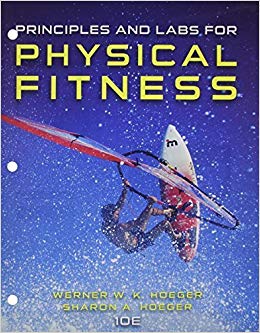
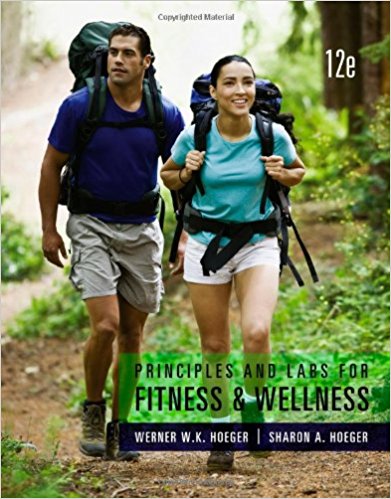



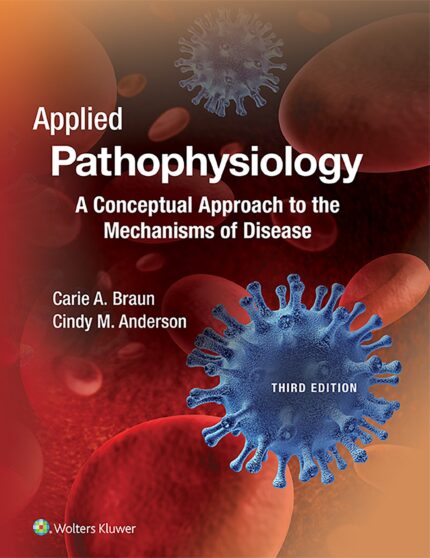
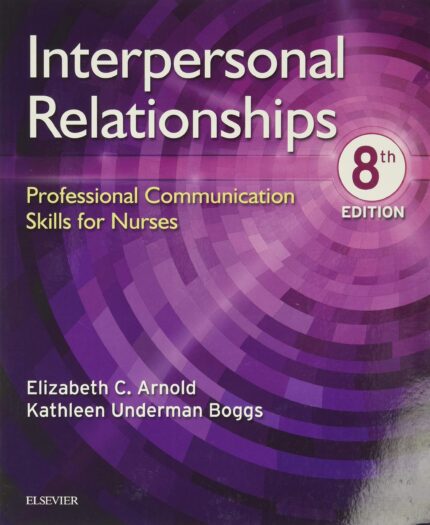

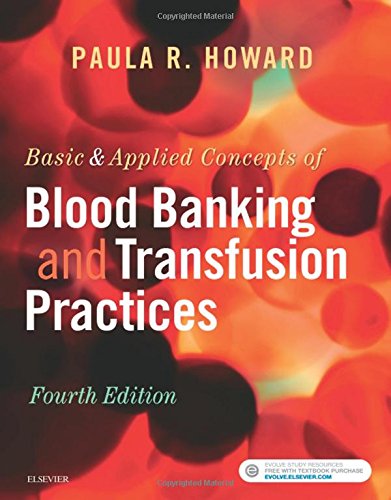
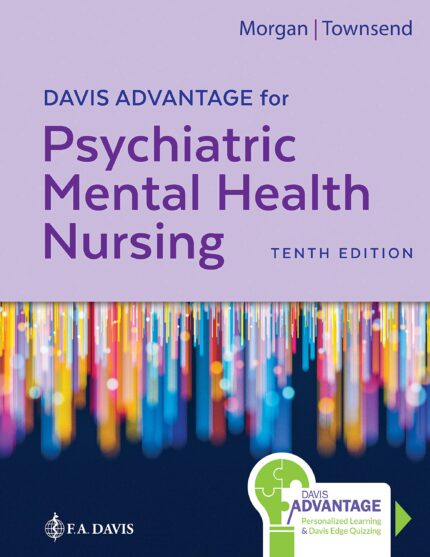
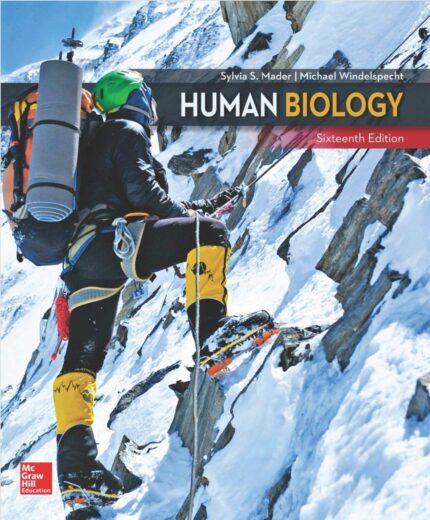

Reviews
There are no reviews yet.